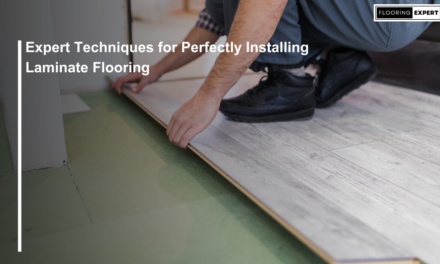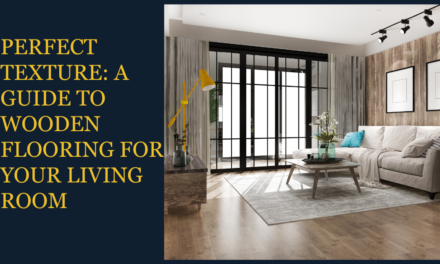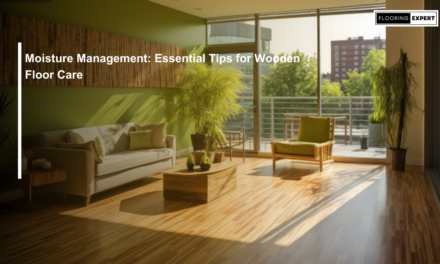In the realm of durable and attractive flooring options, lamiwood and vinyl plank flooring stand out as popular choices among homeowners and designers. Both materials offer a wealth of benefits, including a variety of design options and ease of maintenance. However, when deciding between the two, it’s essential to consider their differences in durability, installation, comfort, and cost. This expert comparison aims to shed light on lamiwood wooden and vinyl plank flooring, helping you make an informed decision that aligns with your lifestyle and design preferences.
Durability and Maintenance
Lamiwood Flooring: Lamiwood wooden floors are known for their durability, thanks to their tough wear layer that resists scratches, dents, and stains. However, it is susceptible to moisture damage if spills are not promptly cleaned up or if it’s installed in high-moisture areas. Maintenance is straightforward, requiring regular sweeping and occasional mopping with a laminate-specific cleaner.
Vinyl Plank Flooring: Vinyl flooring boasts excellent durability and is particularly resistant to moisture, making it suitable for kitchens, bathrooms, and basements. It’s also scratch and stain-resistant, though sharp objects can gouge the surface. Cleaning is simple, necessitating only regular sweeping and mopping without the need for specialized products.
Installation
Lamiwood Flooring: Installation of lamiwood wood floors typically involves a click-and-lock mechanism that allows planks to be easily snapped together. This floating floor system doesn’t require glue or nails, making it a feasible DIY project. However, lamiwood wooden floors need a clean, smooth subfloor and may require underlayment for optimal performance.
Vinyl Plank Flooring: Vinyl plank also features a user-friendly installation process with options for click-lock, glue-down, or loose-lay systems. Vinyl’s flexibility allows it to be installed over uneven subfloors, and it can sometimes be installed directly over existing flooring, simplifying the preparation process.
Appearance and Comfort
Lamiwood Flooring: Lamiwood convincingly mimics the look of natural wood thanks to high-resolution imaging and textured surfaces. It feels solid underfoot and can add a warm, traditional aesthetic to any room. However, it doesn’t offer the same level of sound dampening or warmth as some other flooring options without the addition of underlayment.
Vinyl Plank Flooring: Modern vinyl plank flooring offers a wide range of realistic wood and stone looks, with detailed textures and colors. It tends to be softer and warmer underfoot compared to lamiwood, providing a comfortable walking surface. Enhanced manufacturing techniques have also improved vinyl’s sound-absorbing properties.
Environmental Impact
Lamiwood Flooring: Lamiwood’s core is made from wood byproducts, making it an eco-friendly choice when sourced from sustainably managed forests. However, its synthetic components can make recycling challenging.
Vinyl Plank Flooring: Vinyl is a synthetic product derived from petroleum, raising concerns about its environmental impact. While recycling options are improving, the production and disposal of vinyl flooring can contribute to its environmental footprint.
Cost
Lamiwood Flooring: Generally, lamiwood flooring is cost-effective, offering a balance between quality and affordability. Prices vary based on the thickness, design, and quality of the wear layer, but it tends to be less expensive than premium hardwood while offering a similar look.
Vinyl Plank Flooring: Vinyl plank flooring spans a wide price range, with luxury vinyl planks (LVP) at the higher end due to their superior aesthetics and durability. Overall, vinyl offers good value, especially considering its longevity and low maintenance requirements.
Conclusion
When choosing between lamiwood wooden flooring and vinyl plank, consider your household’s needs, the specific room’s requirements, and your aesthetic preferences. Lamiwood offers a cost-effective, wood-like appearance suitable for areas with low to moderate moisture, while vinyl plank provides superior moisture resistance and comfort, making it ideal for a broader range of applications. Ultimately, both options can enhance your home’s beauty and functionality, making them excellent choices for modern flooring.





